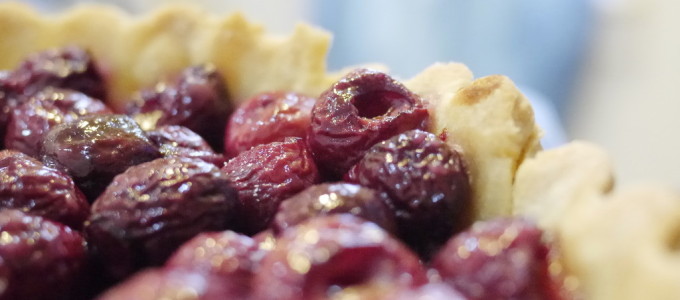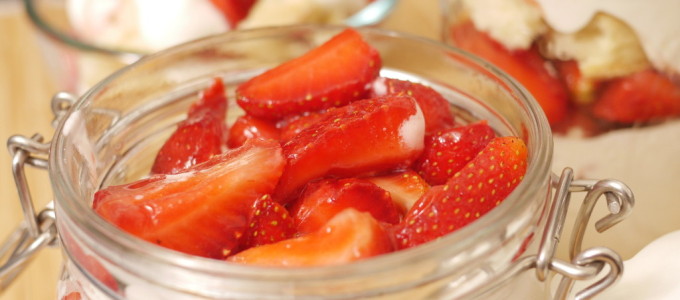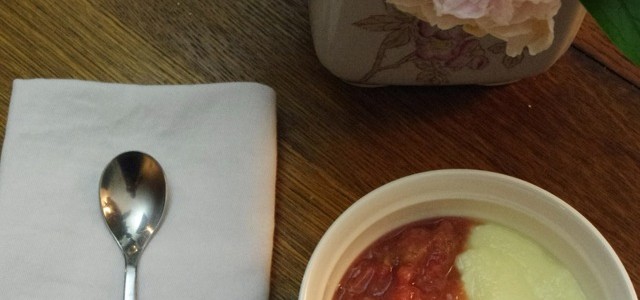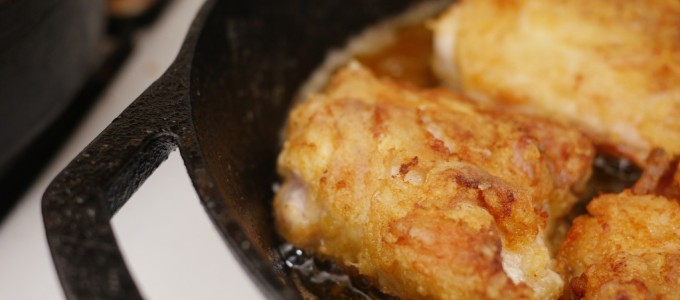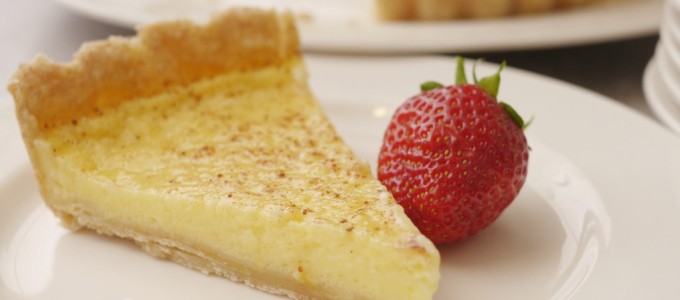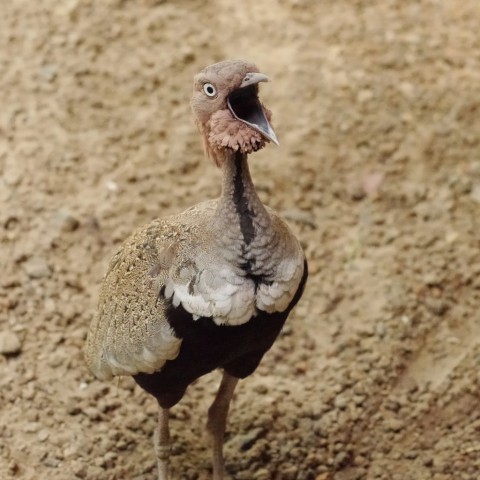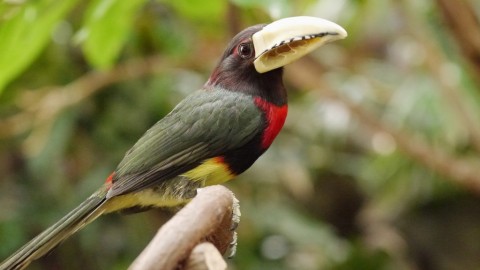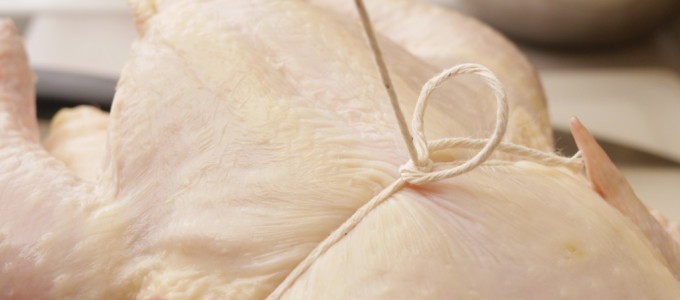To all of you for whom it is relevant — I’d like to wish you a happy Fourth of July. I have no recipe for you (alas!). But I do have a (sort of) food-related quotation from one of my favorite American authors: Herman Melville. Just by way of warning, it is from Typee, his first novel, which indulges in an unfortunate appetite for the exotification of the “savage” other. But Melville is capable of such impressive turns of phrase that it is worth tolerating this shortcoming in order to share in his clear delight in language. So:
Their very name is a frightful one; for the word ‘Typee’ in the Marquesan dialect signifies a lover of human flesh. It is rather singular that the title should have been bestowed upon them exclusively, inasmuch as the natives of all this group are irreclaimable cannibals. The name may, perhaps, have been given to denote the peculiar ferocity of this clan, and to convey a special stigma along with it.
These same Typees enjoy a prodigious notoriety all over the islands. The natives of Nukuheva would frequently recount in pantomime to our ship’s company their terrible feats, and would show the marks of wounds they had received in desperate encounters with them…. It was quite amusing, too, to see with what earnestness they disclaimed all cannibal propensities on their own part, while they denounced their enemies — the Typees — as inveterate gourmandizers of human flesh; but this is a peculiarity to which I shall hereafter have occasion to allude.
I sincerely hope that whatever culinary issues you face today, one of them is not a propensity for the inveterate gourmandizing of human flesh. But I do hope that the phrase, at least, will stick in your mind.
Have fun!
